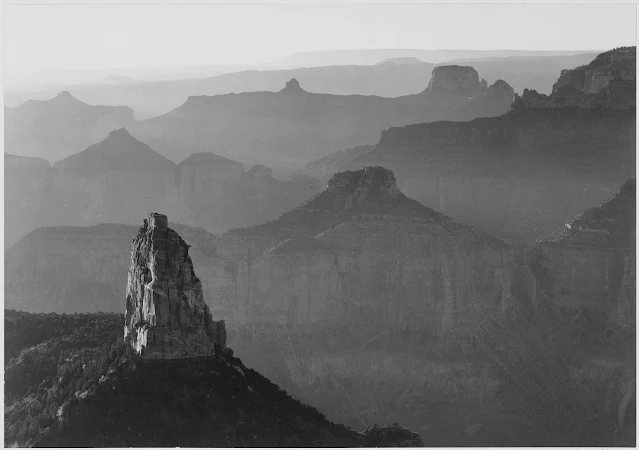Ansel Adams: A Life in Focus
Ansel Adams is widely recognized as one of the most influential photographers in history. Born in 1902 in San Francisco, Adams transformed the art of photography through his striking black-and-white images of the American wilderness. With an eye for composition and a deep passion for nature, Adams elevated landscape photography to fine art and became an enduring symbol of environmental advocacy.
Early Life and Discovery of Photography
Ansel Easton Adams grew up near the rugged coastline of San Francisco. A shy child with a penchant for music and nature, his life changed forever during a family trip to Yosemite National Park in 1916. At just 14 years old, he received his first camera, a Kodak Brownie box camera. Captivated by the grandeur of Yosemite, he began capturing images that would spark a lifelong pursuit.
Though he initially trained to be a concert pianist, Adams soon realized his true calling lay in photography. By the 1920s, he was already publishing photographs and writing technical essays on photographic techniques.
The Zone System and Technical Mastery
Adams wasn’t just a gifted artist; he was also a technical innovator. Along with fellow photographer Fred Archer, he developed the Zone System, a precise method for controlling exposure and contrast in black-and-white photography. This allowed Adams to bring incredible depth, texture, and nuance to his images.
His meticulous approach to light and shadow gave his photographs a clarity and drama that became his trademark. His image "Moonrise, Hernandez, New Mexico" remains one of the most technically celebrated photographs of all time.
Environmental Advocacy through Art
Beyond aesthetics, Adams used photography as a tool for environmental conservation. A committed nature lover, he became closely associated with the Sierra Club, and his images were instrumental in campaigns to protect America’s national parks and wilderness areas.
His photo books, such as Sierra Nevada: The John Muir Trail and This is the American Earth, were not just collections of beautiful images but visual arguments for preserving natural landscapes. In recognition of his efforts, Adams was awarded the Presidential Medal of Freedom in 1980.
Legacy and Influence
Adams passed away in 1984, but his legacy continues to inspire generations of photographers and environmentalists. His works are displayed in major museums worldwide, and his name is synonymous with photographic excellence and nature conservation.
The Ansel Adams Gallery in Yosemite remains a hub for both learning and appreciation, and his books continue to be bestsellers among photography students and nature lovers alike.
Conclusion: More Than a Photographer
Ansel Adams was more than just a master of the lens. He was a visionary who saw the camera not only as a tool for capturing beauty but also for advocating change. In an age of rapid development and environmental degradation, his images remind us of the value and fragility of the natural world.
His life stands as a testament to how art and activism can merge to influence public opinion and policy, and why photography remains one of the most powerful mediums in the modern world.
Keywords: Ansel Adams, landscape photography, black-and-white photography, Yosemite, environmental photography, Zone System, nature conservation, famous American photographers












.jpg)






Comments
Post a Comment